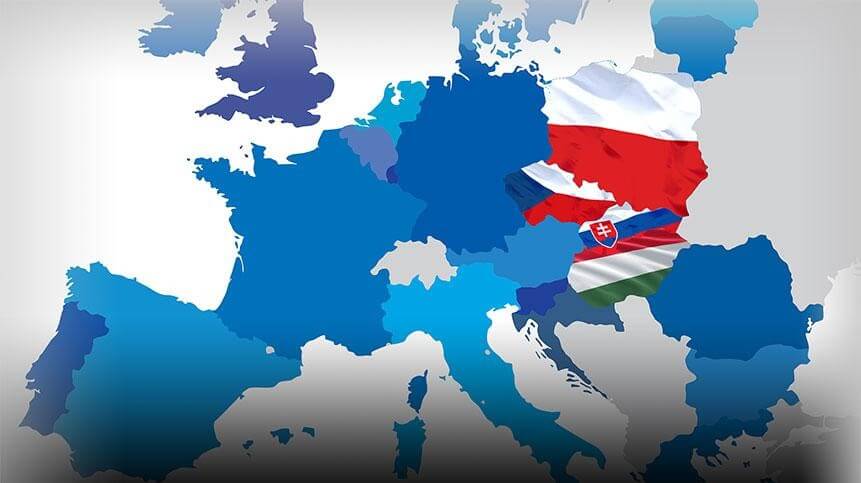Research & Studies

The paper was written by Timothy Yaw Acheampong, iASK researcher and was released in a conference proceedings titled VIII International Winter Conference of Economics PhD Students and Researchers in 2022.
Abstract
The COVID-19 pandemic that started out as a health crisis quickly turned into a global economic crisis resulting in the worse economic recession since the Great Depression of the 1930s. Following the global financial crisis of 2007-2008, the European Union set for itself various socioeconomic development targets that it aspired to achieve in its Europe 2020 strategy for smart, sustainable, and inclusive growth. Among 5 headline objectives, it was the aim of the EU Commission that 75 % of the population aged 20-64 should be employed and that 20 million less people should be at risk of poverty. The COVID-19 pandemic has inevitably impacted the achievement of these targets in one way or another. Yet, as the world enters the 3rd year of the pandemic, the nature and extent to which the Europe 2020 targets have been impacted in the various EU member countries is yet to be independently investigated using the most recent data. This paper therefore seeks to fill this empirical gap by answering the following questions: how has the COVID-19 pandemic affected the socioeconomic development aspects of the Europe 2020 strategy? Were the impacts symmetrical or asymmetrical across the various EU member countries? To answer these questions, quantitative statistical analysis techniques are used to compare the socioeconomic development indicators of V4, Central Europe and other EU member countries before and during the first year of the pandemic. The results suggest that the COVID-19 pandemic adversely impacted the achievement of the Europe 2020 targets with respect economic growth, employment and poverty. Whereas the V4 countries more adversely affected in terms of economic growth, they did better with respect to employment and the number of people at risk of poverty and social exclusion, when compared to other EU countries.
Keywords: COVID-19; socioeconomic development; V4 and Central Europe; Europe 2020
The full text study is available HERE.
© 2017-2023, All Rights Reserved